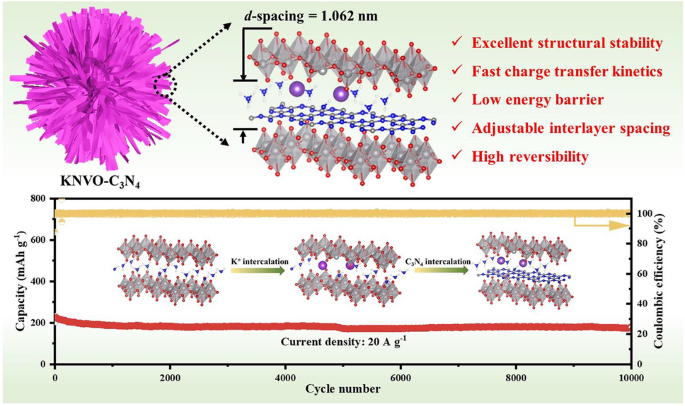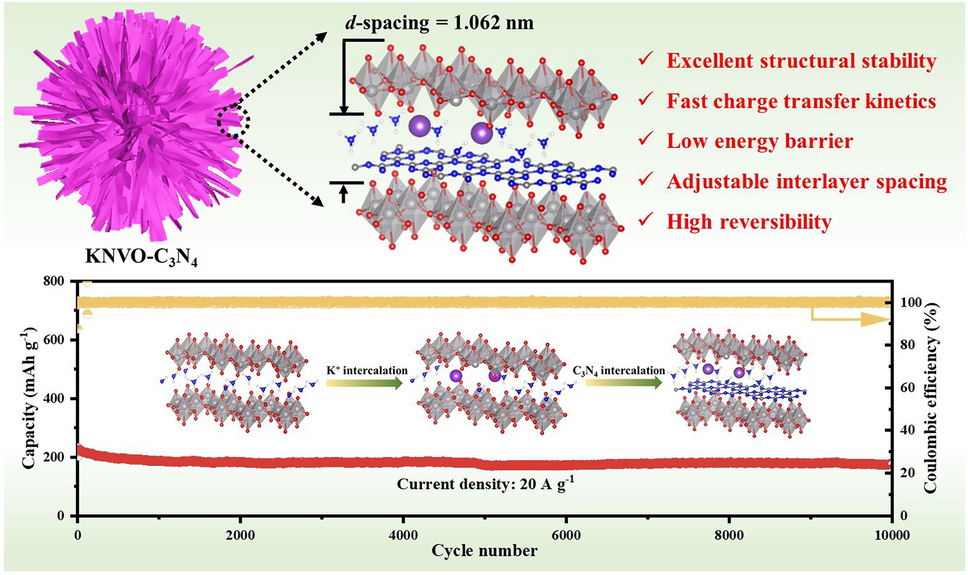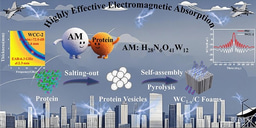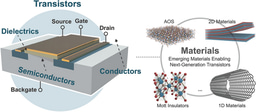High‑Performance Wide‑Temperature Zinc‑Ion Batteries with K+/C3N4 Co‑Intercalated Ammonium Vanadate Cathodes

As demand for safe and low-cost energy storage grows, aqueous zinc-ion batteries (AZIBs) have emerged as promising candidates. However, their practical application is hindered by cathode instability and poor low-temperature performance. Now, researchers from The Hong Kong Polytechnic University and Shenzhen University, led by Professor Zijian Li, have developed a novel K+and C3N4 co-intercalated NH4V4O10 (KNVO-C3N4) cathode that delivers exceptional performance across a wide temperature range.
Why K+/C3N4 Co-Intercalation Matters
- Enhanced Reaction Kinetics: The synergistic effect of K+ and C3N4 reduces electrostatic interactions and lowers the Zn2+ diffusion barrier.
- Structural Stability: Expanded interlayer spacing (10.62 Å) and increased oxygen vacancies improve structural integrity during cycling.
- Wide-Temperature Operation: Delivers 111.3 mAh g-1 at −20 °C and 208.6 mAh g-1 at 60 °C, even at 20 A g-1.
- Long-Term Durability: Retains 174.2 mAh g-1 after 10,000 cycles at 20 A g-1, with 78.2% capacity retention at 10 A g-1 over 5,000 cycles.
Innovative Design and Features
- Tunable Interlayer Spacing: Adjusting C3N4 content optimizes ion transport and mechanical flexibility.
- Synergistic Intercalation: K+ boosts capacity; C3N4 enhances stability—together they outperform single-intercalation strategies.
- Reversible Phase Transitions: Ex situ XRD, Raman, and XPS confirm reversible Zn2+and H2O co-intercalation without structural collapse.
- Pouch Cell Viability: Demonstrates stable performance under bending (0–180°) and powers commercial devices like thermometers.
Applications and Future Outlook
- Extreme Environment Energy Storage: Ideal for cold-climate electronics, wearable devices, and grid storage.
- Scalable Synthesis: Uses low-cost hydrothermal and stirring methods, suitable for mass production.
- Next-Gen Cathode Design: Offers a blueprint for co-intercalation strategies in layered vanadates and beyond.
- Challenges and Opportunities: Future work will explore other co-intercalants and optimize electrolytes for even wider temperature ranges.
This work provides a practical and scalable pathway to high-performance, wide-temperature AZIBs. It underscores the power of synergistic material engineering in overcoming long-standing cathode limitations. Stay tuned for more innovations from Professor Zijian Li and his team!
Follow the Topic
-
Nano-Micro Letters

Nano-Micro Letters is a peer-reviewed, international, interdisciplinary and open-access journal that focus on science, experiments, engineering, technologies and applications of nano- or microscale structure and system in physics, chemistry, biology, material science, and pharmacy.






Please sign in or register for FREE
If you are a registered user on Research Communities by Springer Nature, please sign in